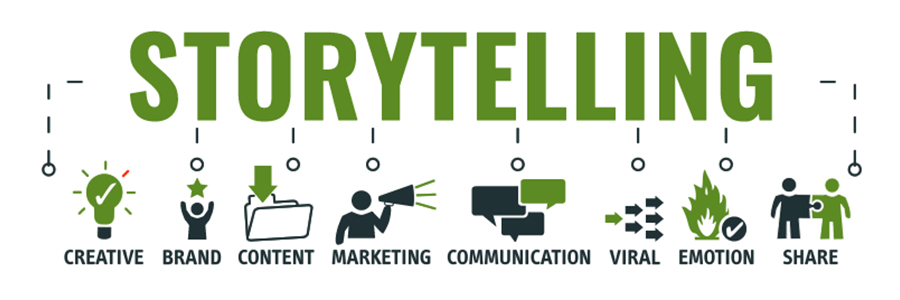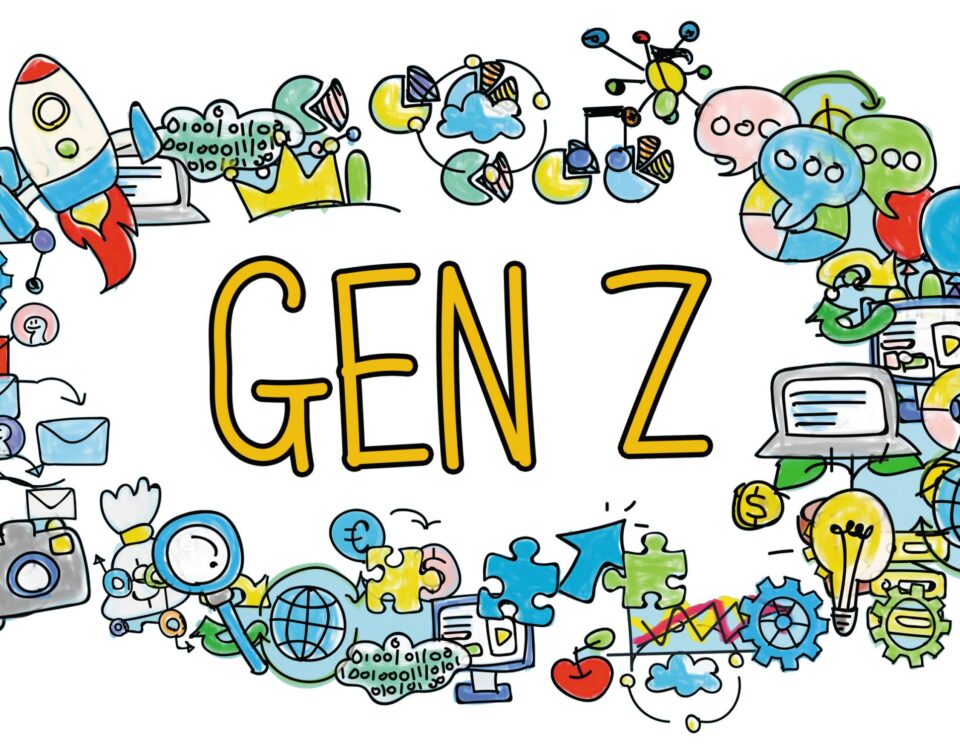
Release React Native 0.75
31st August 2024
Mongoose vs MongoDB
7th September 2024Start by introducing the concept of storytelling and its universal appeal. Mention how storytelling has been a fundamental part of human communication and culture for centuries. Then, segue into how these storytelling techniques can be harnessed in design to create more engaging and meaningful experiences.
“From ancient cave paintings to modern cinema, storytelling has always been at the heart of human experience. But what if I told you that the same principles that captivate audiences in a movie theater could be applied to design? In today’s digital landscape, where attention is fleeting and competition is fierce, storytelling in design is more powerful than ever.”

1. Understanding Storytelling in Design
Define what storytelling in design means. It’s not just about words—it’s about creating a narrative through visual elements, user interactions, and even the flow of information. Explain how every design element, from color choices to typography, contributes to your story.
Key Points:
- The role of narrative in design.
- How visuals, text, and interaction work together to tell a story.
- Examples of storytelling in successful designs (e.g., websites, logos, packaging).
2. The Elements of a Good Story in Design
Break down the elements of a good story and how they translate into design. For instance, a story has a beginning, middle, and end—how can a design guide users through a similar journey?
Key Points:
- Characters: Who are the users? How do they interact with the design?
- Setting: The environment where the design exists—a website, an app, or a physical space.
- Plot: The sequence of events or interactions a user goes through.
- Conflict/Resolution: What problem is the user trying to solve, and how does the design help them achieve this?
Example:
“A well-designed website might guide a user through the story of a brand, starting with an introduction (the homepage), building tension (product discovery), and resolving with a satisfying conclusion (purchase or sign-up).”
3. Techniques to Incorporate Storytelling in Design
Discuss specific techniques for incorporating storytelling into design. This could include using personas to create relatable characters, crafting user journeys that mimic narrative arcs, or using imagery and typography to evoke emotions.
Key Techniques:
- User Personas: Creating detailed characters that represent different segments of your audience.
- User Journey Mapping: Designing the user’s path as a narrative arc, with key touchpoints as plot events.
- Visual Storytelling: Using images, videos, and infographics to tell a story.
- Interactive Elements: Allowing users to engage with the design in a way that feels like they are part of the story.
4. Case Studies of Storytelling in Design
Provide examples of brands or designs that effectively use storytelling. Analyze what makes these examples successful and what lessons can be learned from them.
Case Studies:
- Apple: How their minimalist design tells the story of innovation and simplicity.
- Nike: The use of powerful imagery and narrative in their campaigns.
- Airbnb: How their design focuses on the stories of hosts and travelers, creating a sense of community.
5. The Impact of Storytelling on User Engagement
Explain how storytelling in design leads to increased user engagement, brand loyalty, and emotional connection. Provide statistics or research that supports the benefits of storytelling in design.
Example:
“Studies have shown that designs with strong narrative elements are more likely to engage users and lead to higher conversion rates. A well-told story can make a brand more memorable and create a deeper emotional connection with the audience.”
Conclusion
Summarize the importance of storytelling in design and encourage readers to consider how to incorporate these techniques into their work. End with a call to action, inviting designers to experiment with storytelling in their next project.
Example:
“In a world where users are bombarded with information, storytelling offers a way to cut through the noise and create designs that truly resonate. Whether you’re designing a website, a logo, or a product, remember: every design tells a story—make sure yours is worth telling.”
Related Blog: 20 Vintage Color Palettes for Kickin’ it Old School
For More Information: xpertlab.com





